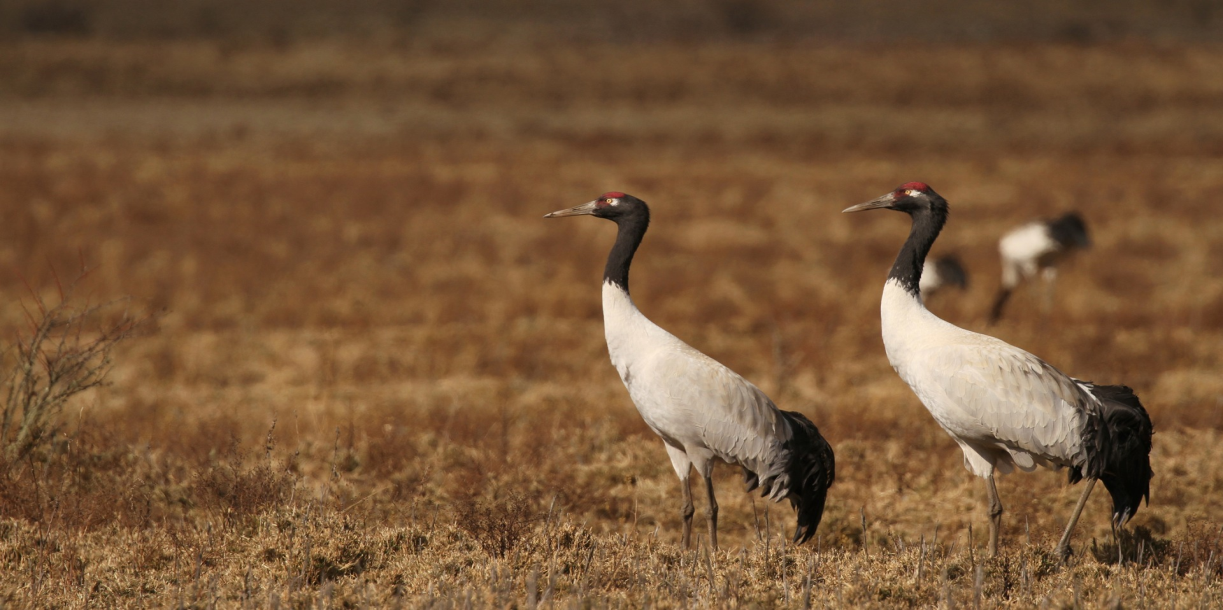Free Courses Sale ends Soon, Get It Now


Free Courses Sale ends Soon, Get It Now



Copyright infringement not intended
Picture Courtesy: https://www.andbeyond.com/experiences/asia/bhutan/gangtey/crane-information-centre/
Context: The Wildlife Institute of India (WII) and the Zoological Survey of India (ZSI) have been actively involved in assessing the population and conserving the black-necked cranes in India.
Conservation Measures for Black-necked Cranes in India
Legal Protection
Protected Areas Designation
Ramsar Site Designation
National Wildlife Action Plan
Financial Assistance
Management Planning Guidelines
Mission LiFE Programme
Awareness Initiatives
Black-necked Crane
Appearance
Habitat and Distribution
Behaviour and Ecology
Conservation Status
|
PRACTICE QUESTION Q. The IUCN categorizes the Black-Necked Crane as: A) Critically Endangered B) Endangered C) Vulnerable D) Near Threatened Answer: C Explanation: The IUCN Red List of Threatened Species classifies species based on their risk of extinction, categorized from Least Concern to Extinct. ●Critically Endangered (CR): Extremely high risk of extinction in the wild. ●Endangered (EN): High risk of extinction in the wild. ●Vulnerable (VU): Moderate risk of extinction in the wild. ●Near Threatened (NT): Close to qualifying for Vulnerable status. ●Least Concern (LC): Widespread and abundant with no immediate threat. As of the latest IUCN assessment in 2023, the Black-Necked Crane is classified as Vulnerable (VU). |
© 2024 iasgyan. All right reserved